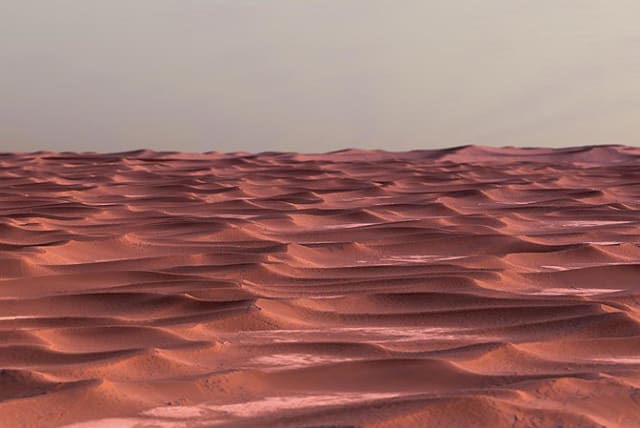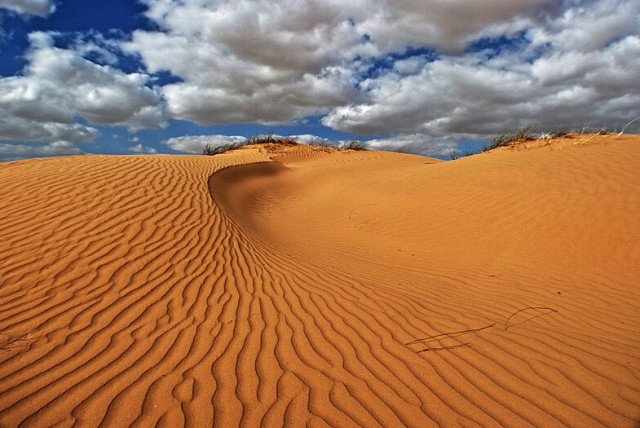New research suggests a new explanation for sand ripples on Mars and Earth

New theory bridges Mars and Earth: BGU-Aarhus study reveals groundbreaking theory on sand ripples shared by Mars and Earth.
In a new international collaborative research study by Ben-Gurion University and Aarhus University, a new theory that could explain sand ripples on Mars and Earth was suggested. These effects are fascinating since they appear on both planets and the wind, which makes them, doesn't ripple as they do.
The research conducted by Prof. Hezi Yizhaq, Prof. Itzhak Katra, and their colleagues from Denmark, Germany, Italy, China, and the US was published in an article in the peer-reviewed journal Nature Geoscience. The article proposes a unified theory that could explain the formation of sand ripples on two different planets.
One of the theories with the most traction proposes that smaller-scale ripples on Mars are created by the impact of particles in the wind with the sand on the ground, similar to how it occurs on Earth, and larger ripples are the product of instability in fluid mechanics, just like underwater sand ripples.
Prior belief
Importantly, until this research, it was believed that it would be impossible to recreate the physical conditions of Mars on Earth to test these theories. However, the researchers were able to run an experiment using an Israeli wind tunnel compared with a German Mars tunnel that showed that the phenomenon could exist on Earth.
According to the research, sand ripples on Mars caused by wind are similar to sand ripples on Earth caused by water. Ben-Gurion University's website notes that Yizhaq is amazed at proposing a "radically new" theory after studying it for over 20 years.
Yizhaq is part of the Solar Energy and Environmental Physics department at Blaustein Institute for Desert Research. He began his education with a BSc in Physics at the Hebrew University in 1990 and completed his PhD in 2003 at Gen-Gurion University. Yizhaq's research interests mostly relate to wind-shaped phenomena and vegetation patterns in water-limited areas. His research partner, Katra, also focuses his work on wind-related phenomena, with a focus on dust.
Jerusalem Post Store
`; document.getElementById("linkPremium").innerHTML = cont; var divWithLink = document.getElementById("premium-link"); if (divWithLink !== null && divWithLink !== 'undefined') { divWithLink.style.border = "solid 1px #cb0f3e"; divWithLink.style.textAlign = "center"; divWithLink.style.marginBottom = "15px"; divWithLink.style.marginTop = "15px"; divWithLink.style.width = "100%"; divWithLink.style.backgroundColor = "#122952"; divWithLink.style.color = "#ffffff"; divWithLink.style.lineHeight = "1.5"; } } (function (v, i) { });

